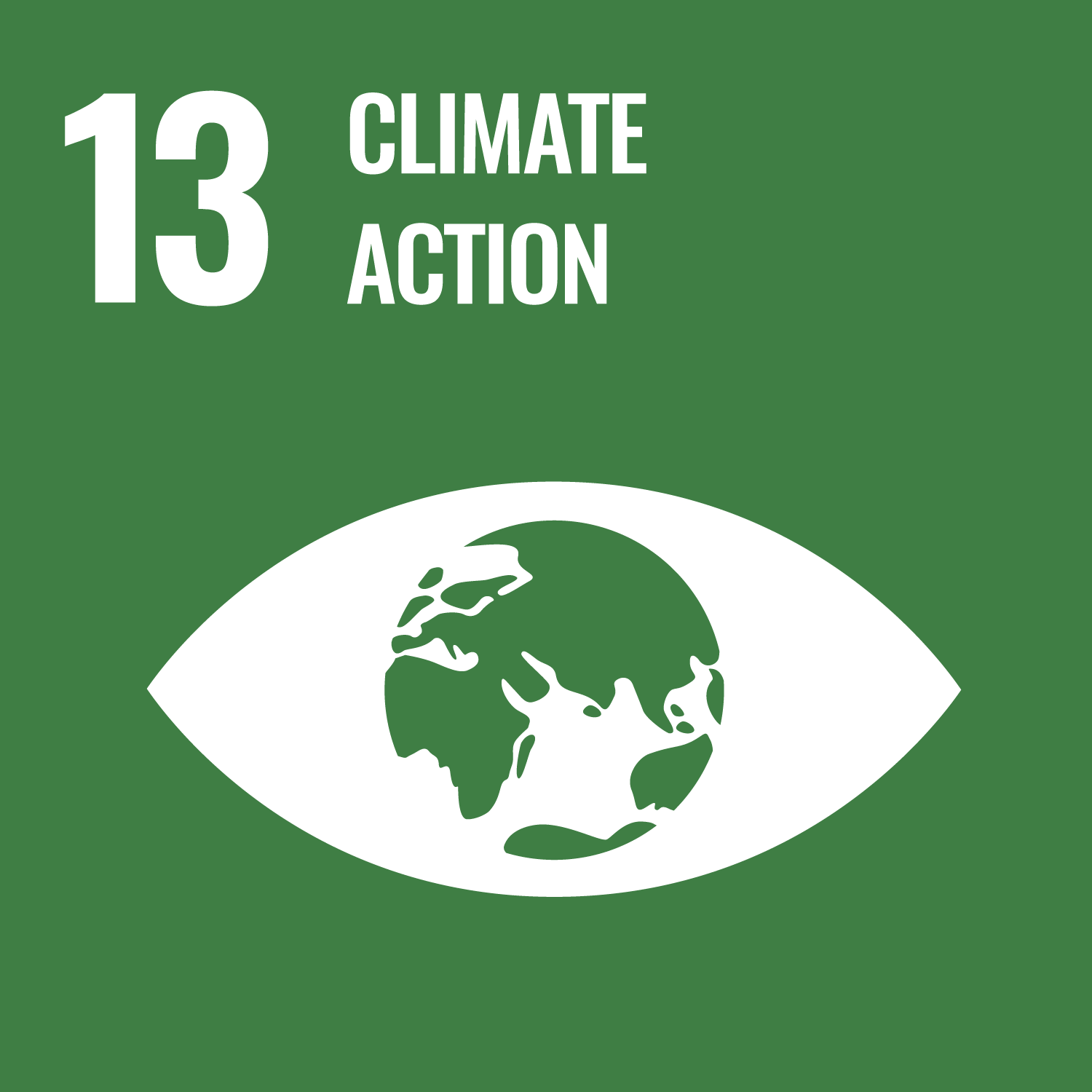de Souza, D.C. orcid.org/0000-0003-4121-7583, Crespo, N.M. orcid.org/0000-0002-3585-5100, da Silva, D.V. orcid.org/0000-0003-1592-6538 et al. (12 more authors) (2024) Extreme rainfall and landslides as a response to human-induced climate change: a case study at Baixada Santista, Brazil, 2020. Natural Hazards, 120 (12). pp. 10835-10860. ISSN 0921-030X
Abstract
In March 2020, an extreme rainfall in Baixada Santista, Brazil, led to a series of landslides affecting more than 2800 people and resulting losses exceeding USD 43 million. This attribution study compared extreme rainfall in two large ensembles of the UK Met Office Hadley Centre HadGEM3-GA6 model that represented the event with and without the effects of anthropogenic climate change. Antecedent rainfall conditions on two different timescales are considered, namely extreme 60-day rainfall (Rx60day) which relates to the soil moisture conditions and extreme 3-day rainfall (Rx3day) which represents landslide triggering heavy rainfall. In the scenario including both natural and human-induced factors the antecedent 60 day rainfall became 74% more likely, while the short-term trigger was 46% more likely. The anthropogenic contribution to changes in rainfall accounted for 20–42% of the total losses and damages. The greatest economic losses occurred in Guarujá (42%), followed by São Vicente (30%) and Santos (28%). Landslides were responsible for 47% of the homes damaged, 85% of the homes destroyed, all reported injuries, and 51% of the deaths associated with heavy rainfall. Changes in land cover and urbanization showed a pronounced increase in urbanized area in Guarujá (107%), São Vicente (61.7%) and Santos (36.9%) and a reduction in farming area. In recent years, the region has experienced an increase in population growth and a rise in the proportion of irregular and/or precarious housing in high-risk areas. Guarujá has the highest number of such dwellings, accounting for 34.8%. Our estimates suggest that extreme precipitation events are having shorter return periods due to climate change and increased urbanization and population growth is exposing more people to these events. These findings are especially important for decision-makers in the context of disaster risk reduction and mitigation and adaptation to climate change.
Metadata
| Item Type: | Article |
|---|---|
| Authors/Creators: |
|
| Copyright, Publisher and Additional Information: | © The Author(s) 2024. This article is licensed under a Creative Commons Attribution 4.0 International License, which permits use, sharing, adaptation, distribution and reproduction in any medium or format, as long as you give appropriate credit to the original author(s) and the source, provide a link to the Creative Commons licence, and indicate if changes were made. The images or other third party material in this article are included in the article's Creative Commons licence, unless indicated otherwise in a credit line to the material. If material is not included in the article's Creative Commons licence and your intended use is not permitted by statutory regulation or exceeds the permitted use, you will need to obtain permission directly from the copyright holder. To view a copy of this licence, visit http://creativecommons.org/licenses/by/4.0/. |
| Keywords: | Extreme event; Precipitation; Land cover change; Socioeconomic impacts; Attribution; Southeast Brazil |
| Dates: |
|
| Institution: | The University of Sheffield |
| Academic Units: | The University of Sheffield > Faculty of Social Sciences (Sheffield) > Department of Geography (Sheffield) |
| Depositing User: | Symplectic Sheffield |
| Date Deposited: | 12 Jun 2024 13:44 |
| Last Modified: | 07 Oct 2024 11:13 |
| Status: | Published |
| Publisher: | Springer Science and Business Media LLC |
| Refereed: | Yes |
| Identification Number: | 10.1007/s11069-024-06621-1 |
| Related URLs: | |
| Sustainable Development Goals: | |
| Open Archives Initiative ID (OAI ID): | oai:eprints.whiterose.ac.uk:213411 |


 CORE (COnnecting REpositories)
CORE (COnnecting REpositories) CORE (COnnecting REpositories)
CORE (COnnecting REpositories)